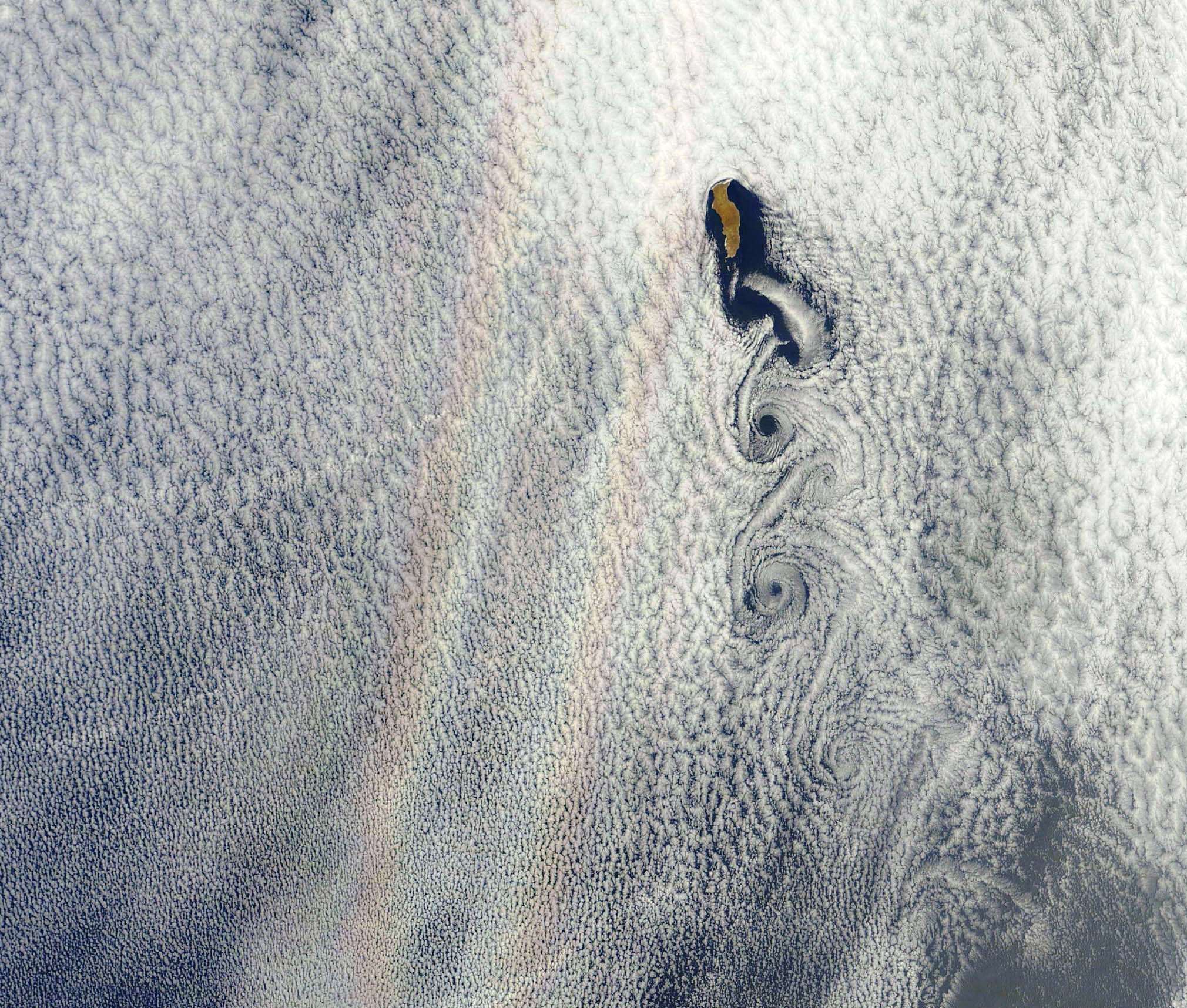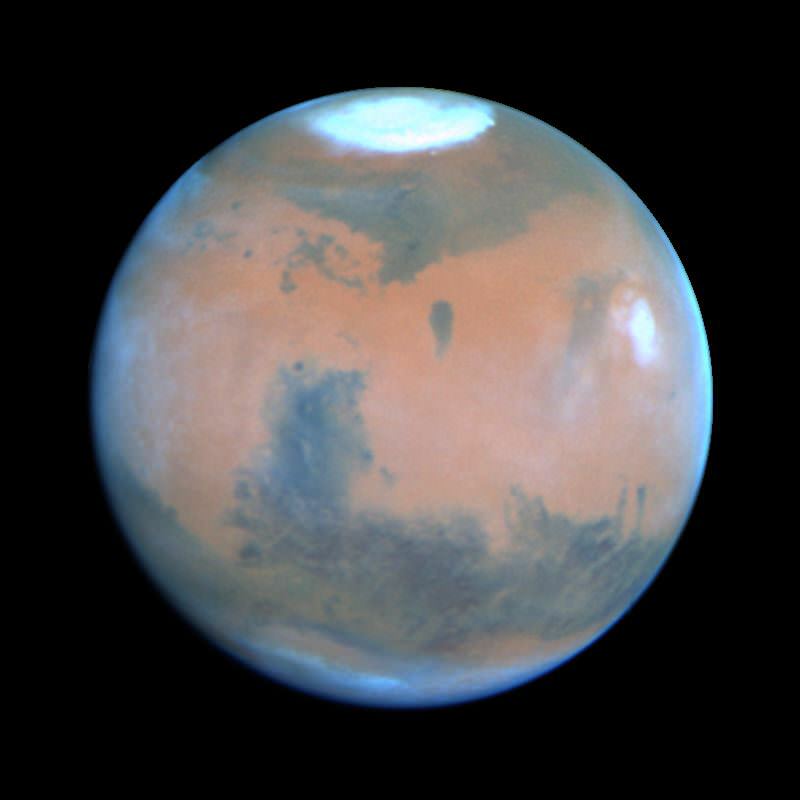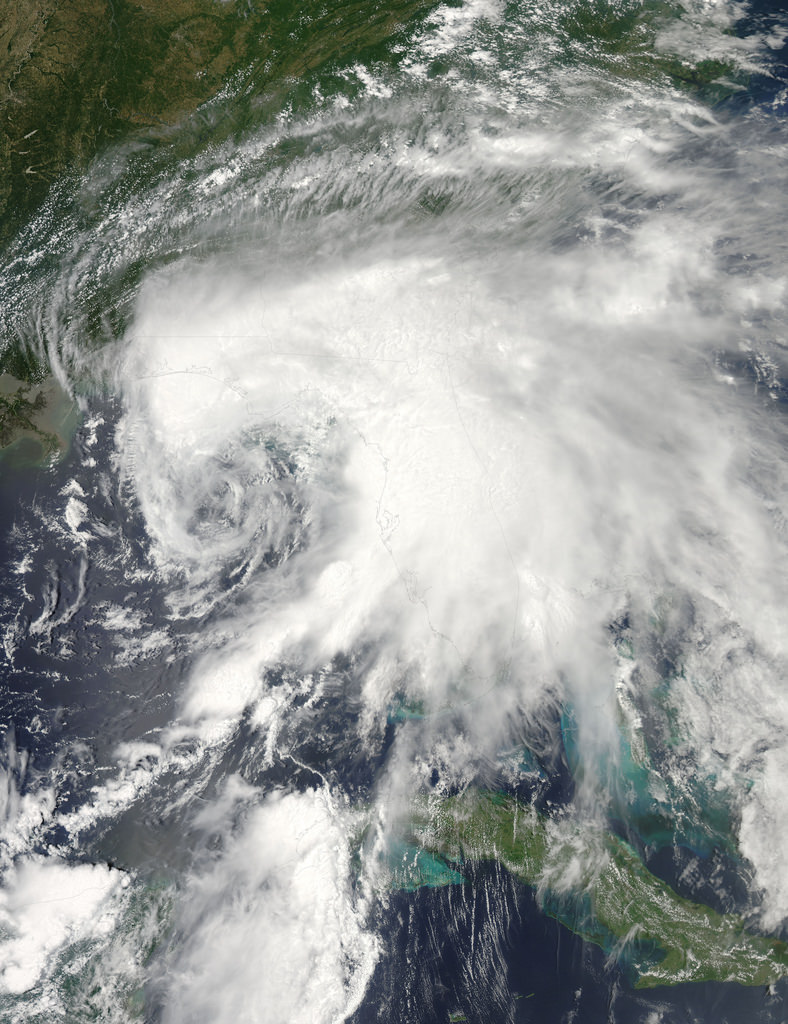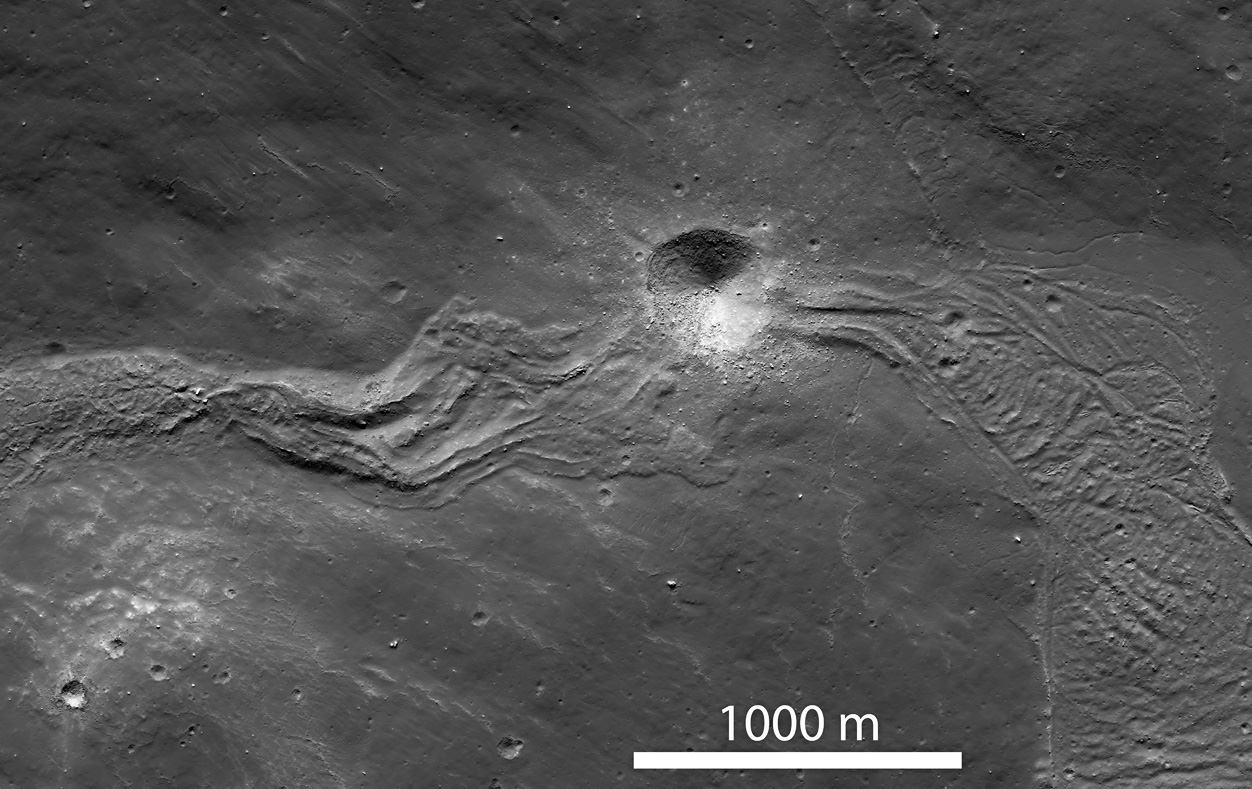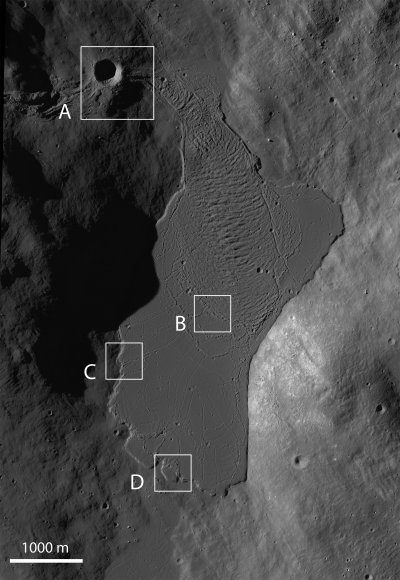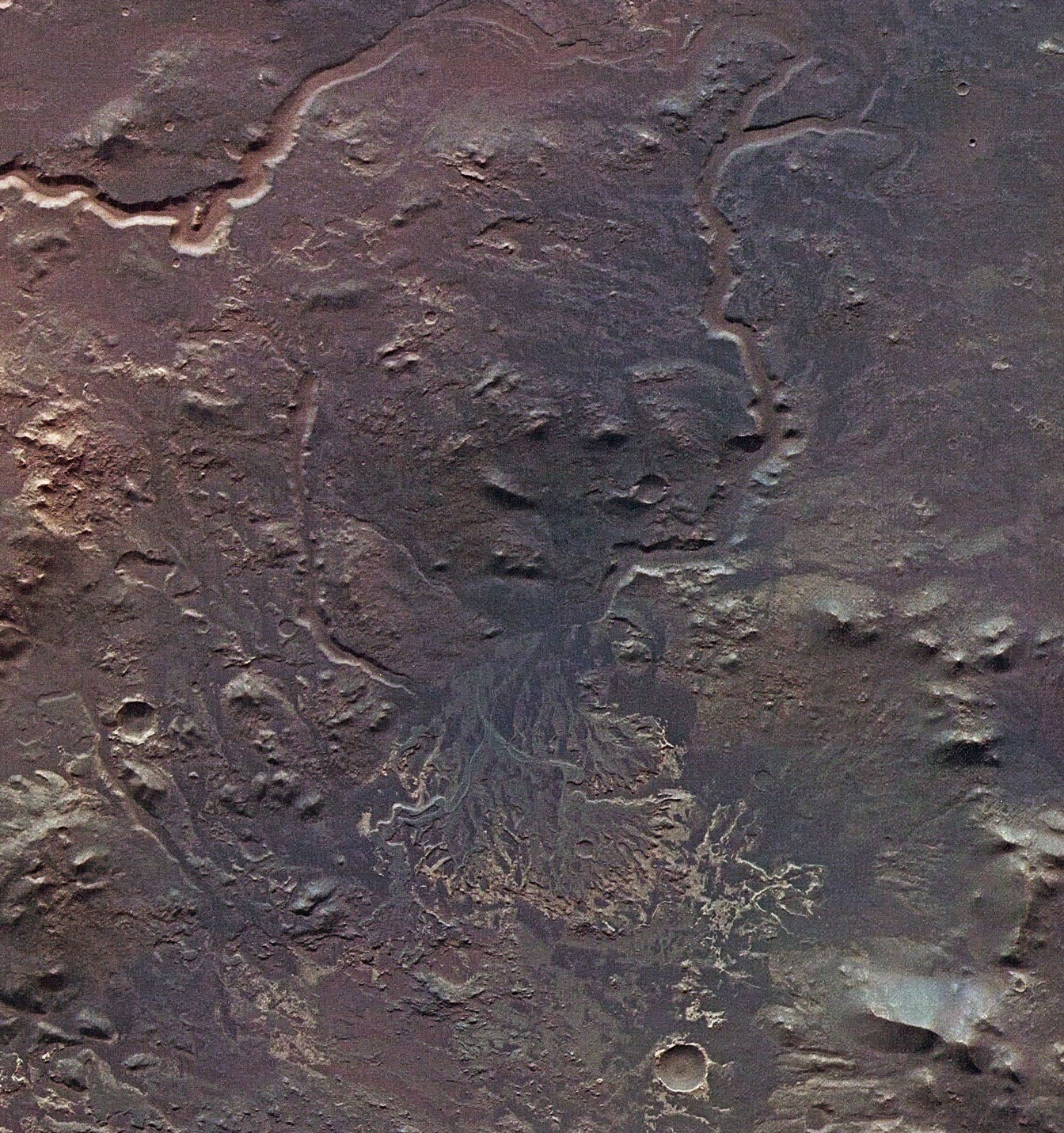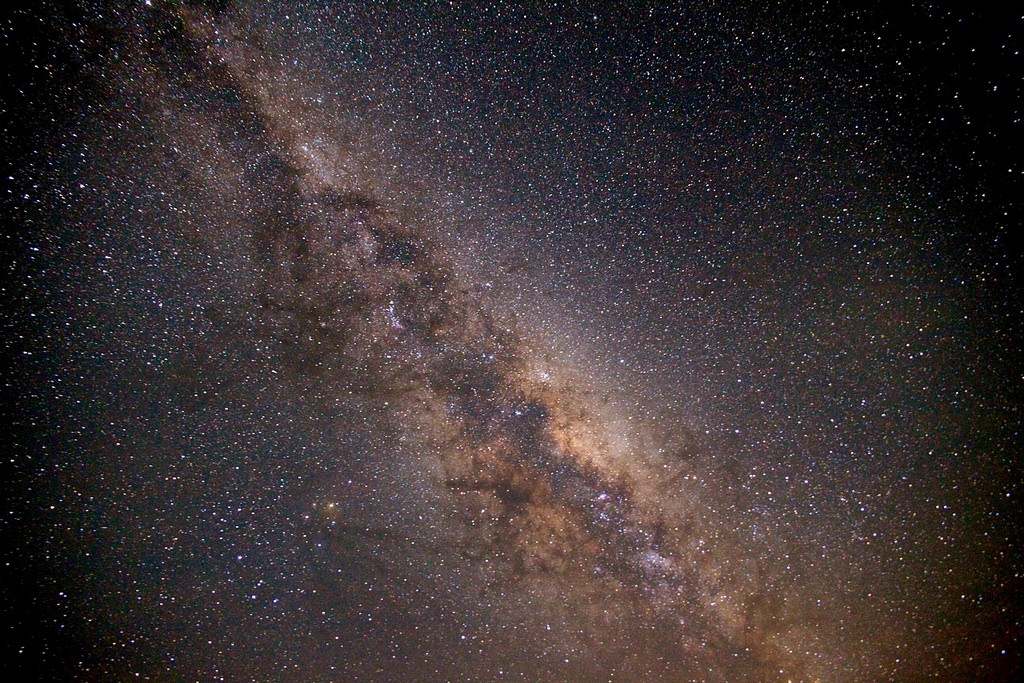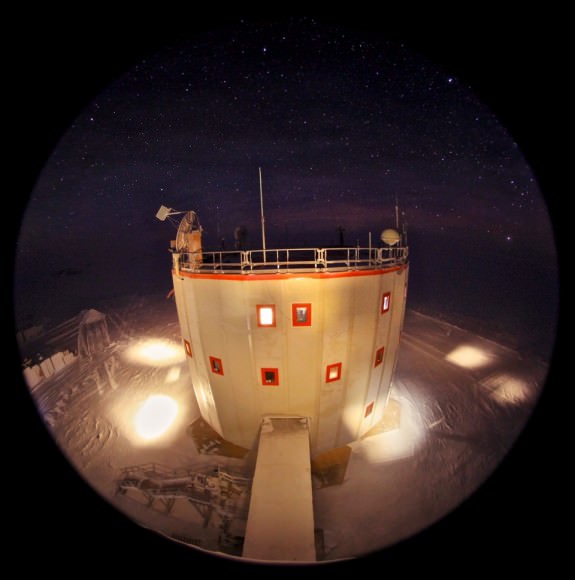Carl Sagan’s personal archive — a comprehensive collection of papers contained within 798 boxes — was delivered to the Library of Congress recently for sorting… thanks in no small part to “Family Guy” creator Seth MacFarlane. (Yes, you read that right.)
According to an article in the Washington Post yesterday by Joel Achenbach — who also got a chance to browse through several of the boxes — MacFarlane provided an “undisclosed sum of money” to the Library to purchase the collection from Sagan’s widow Ann Druyan, who had kept the papers preserved in storage at their home in Ithaca, NY.
As briefly reported in a previous article here on Universe Today, MacFarlane has been working to bring Sagan’s Cosmos series back to television, with Neil deGrasse Tyson reprising Sagan’s role. In fact it was Tyson who introduced MacFarlane to Druyan, and apparently got a peek at the astrophysicist’s impressive collection of papers, which “ranges from childhood report cards to college term papers to eloquent letters written just before his untimely death in 1996 at age 62.”
“He wasn’t a pack rat at all,” Druyan said. “But I think he had a sense of his place in cultural history. I think he knew he was corresponding with the great and the near-great both inside and outside of science.”
Also noted in the article are “files labeled F/C, for ‘fissured ceramics,’ Sagan’s code name for letters from crackpots.” How very Sagan.
The collection is spread out across tables inside a vast room in the Library of Congress’ Madison Building for organization, a process expected to take several months. The Library will announce its acquisition later today.
Read the full article here on the Washington Post.
As a fan of Carl Sagan, Cosmos, Neil Tyson and Seth MacFarlane… there’s really nothing to not like about this!


